A New Dimension in Industrial CT Inspection
CT systems UX20 and UX50 combined both state-of-the-art technology and the results of their open ears for customer requirements. As a result, the system is not only highly functional but also exceptionally user-friendly.
The demand for industrial X-ray computed tomography is constantly growing. The range of applications is enormous: CT is used in the research and development of new products, materials, and manufacturing methods, as well as in natural sciences and industrial production, and more. And every day, due to rapid advancements in technology, new fields of application are opening up. No other technology than CT can create three-dimensional virtual twins of a part that can be inspected, analyzed, and even measured in detail at any point in its interior.
But it doesn’t always make sense to choose a high-specific CT system. Where part diversity, fast inspection with changing requirements, high availability, and high performance are concerned, that’s where you want an all-rounder that meets as many of your needs as possible. It should be robust and durable and not capitulate to harsh environments or continuous use. And if it even can get upgraded to meet the challenges of tomorrow, this solution is a future-proof investment.
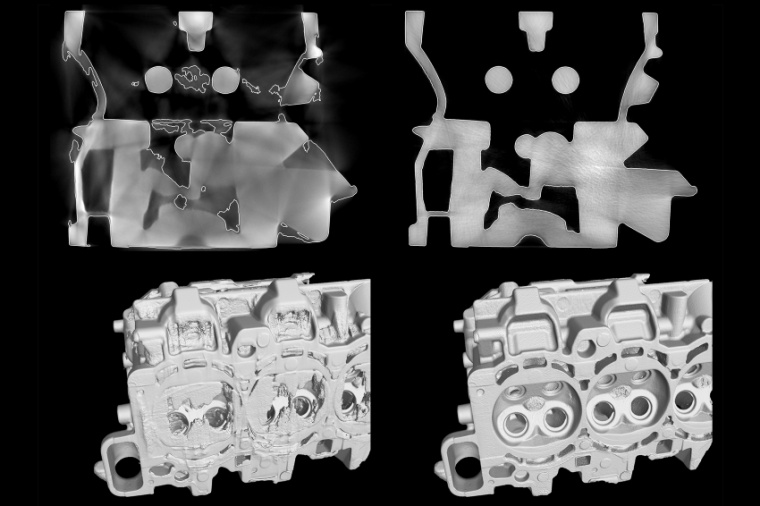
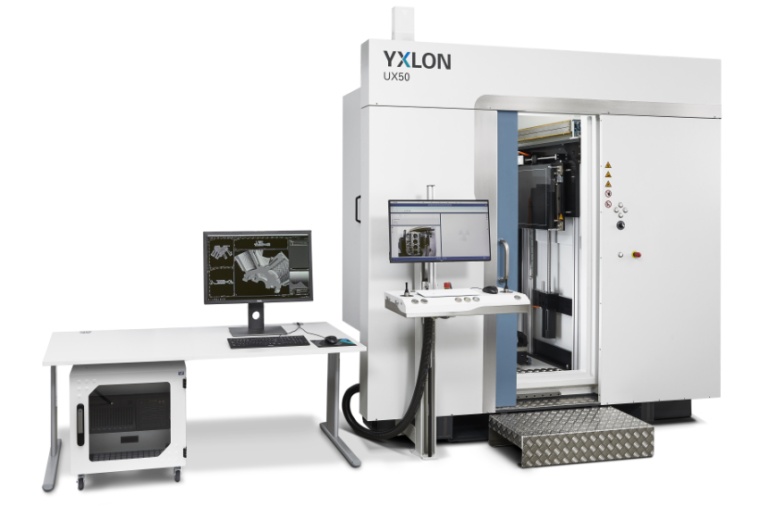
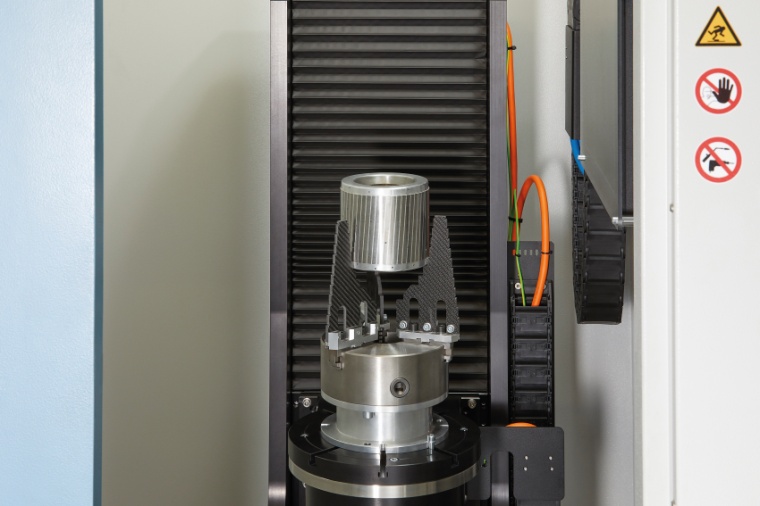
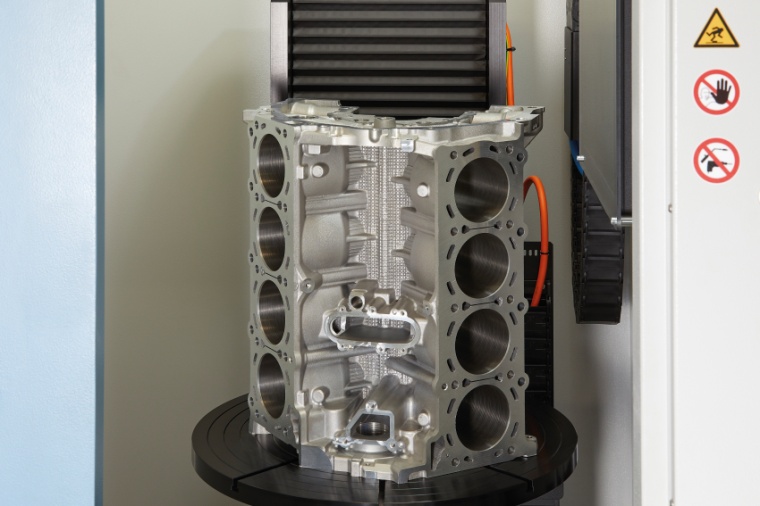
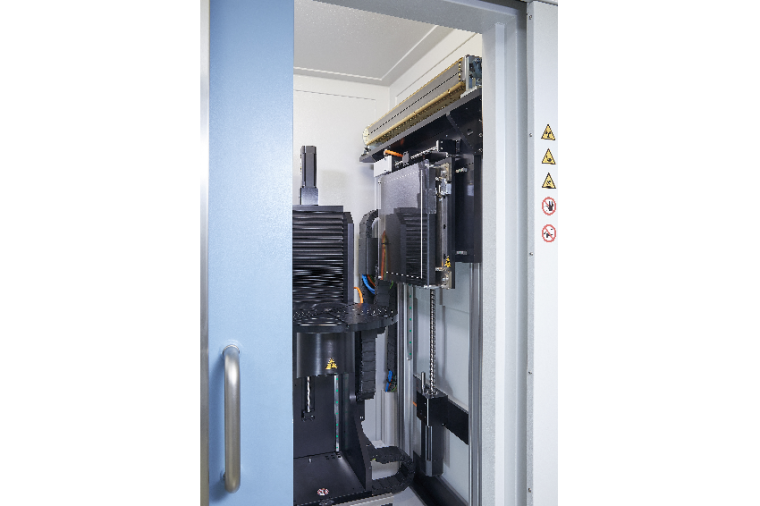
A New Level of User-Friendliness
“At the same time, a modern inspection system should be easy to operate. A user should not have to spend a long time learning about physical principles and special knowledge in X-ray technology to achieve good inspection results,” says Peter Kramm, Senior Product Manager at Yxlon. “We listened carefully to our customers: compact, fast systems that are exceptionally easy to use via our Geminy software platform and always deliver great results. Various presets and automations, such as the automatic sequences for detector calibration and image sharpness measurement following ASTM E1695, make the user’s daily work much easier. With UX20, the creation of test sequences is just as easy as the testing itself supported by graphical icons, wizards, and clear menu navigation. Meanwhile, the Yxlon Healthmonitor integrated into Geminy has become indispensable for the operators. It uses a traffic-light system to indicate the current status of the system, e.g., the color changes from green to yellow when no calibration data is available for geometry correction or detector calibration. The ASTM E1695 test reports can also get conveniently accessed via the Healthmonitor.”
 |
System Set-up and Movement Axes 1 X-ray warning lamp in LED technology 2 Temperature-stabilized, high-efficiency Yxlon line detector CT Scan3 with tungsten collimator and brass housing 3 Motorized switching between line detector and flat-panel detector application with just one mouse click and automatic transfer of detector and geometry calibration data 5 Powerful 450 kV mini-focus tube with variable collimators to reduce scatter radiation 6 Turntable attachment, suitable for fixing specific part holders and Yxlon calibration specimens 7 Fast, motor-driven vertical movement of the test part 8 Air-conditioned, dust-protected control cabinet 9 Pushbutton for safe positioning with door open and reduced speed 10 Fast motorized cabinet door 11 Manual axis for setting the geometric magnification in three positions 12 Height-adjustable control panel for comfortable working in a sitting or standing position 13 Intuitive Geminy user interface for easy operation |
Going Larger
Yxlon UX50, with its high power of 450 kV and a generous inspection envelope, is particularly suitable for large and dense parts weighing up to 100 kg. It enables the precise analysis of traditional drive technology parts, such as engine blocks and cylinder heads, as well as e-mobility components, such as cast rotors with their complex internal structures. The use of a flat-panel or line detector depends on the inspection task. Therefore, UX50 offers three configurations: equipped with a flat-panel detector, line detector, or in the full version, both flat-panel and line detector. Regardless of which the customer chooses to invest in based on their current requirements, they can easily upgrade the system to the full version later when the need should arise.
When using the flat-panel detector, Yxlon UX50 masters all possible techniques such as circular-path and helical CT in the QuickScan mode with a continuous rotation of the test part or the QualityScan rotating the part step by step. Filters and image enhancement tools are also available: There are various methods for beam hardening correction to adjust undesirable gray-value gradients in otherwise homogeneous materials, which is necessary for a reliable pore analysis. Metal artifacts occur in particular in complex components consisting of plastics and metals. With the help of MAR (metal artifact reduction), these unwelcome effects causing the less dense material to partially ‘disappear’ get significantly reduced. ScatterFix 2.0 is the latest version of Yxlon’s ScatterFix functionality for large, massive, and highly scattering components. ScatterFix reduces interfering scattered radiation during or after the scan, thereby improving the quality of CT data, for example, to optimize surface determination.
In addition, various field-of-view extensions both vertically and horizontally maximize the possible part spectrum. Even with Yxlon’s line detector CTScan 3, UX50 offers a horizontal field-of-view extension unique in the market as an Yxlon patent. And with the appropriate image optimization tools, you always get the best results and high-quality CT data for reliable material analyses.
Making the Right Choice
When deciding on a detector configuration and perhaps even considering the equipment with both detector types, you should consider the range of components and materials you need to inspect and the appropriate inspection method in each case. Cone-beam CT with a flat-panel detector and fan-beam CT with a line detector both have their advantages and disadvantages for the different test parts. Particularly dense materials require fan-beam CT, but this is much more time-consuming than cone-beam CT. With the full configuration of both detectors, the user is prepared for every test part and can switch them by mouse click within a test sequence, including the automatic transfer of the calibration data. Switching between CT and DR (digital radioscopy/fluoroscopy) within an inspection sequence is just as easy. When it comes to the pure detection of defects, one usually first obtains an overview with digital radioscopy and switches to CT where more details are required, analyses of, e.g., porosity or measurement tasks must get performed. Due to the possible manipulation of the test part using joysticks and the lateral movement of the flat-panel detector, via joysticks too, rapid fluoroscopic examinations are also possible in the UX50. DR is supported by numerous digital 2D live image filters, automatic 2D inspection reports, the possibility of using predefined 2D inspection sequences, and even documenting inspection decisions at the touch of a button on the control unit. HDR-Inspect (High-Dynamic Radioscopy) ensures outstanding detail recognition even in the DR image.
Comprehensive Accessories
However, the technical features and capabilities of the system were not the only considerations during development. And user-friendliness is not limited to simple operation via intuitive software but also includes ergonomics. As with the UX20, the control panel is attached directly to the system and is height-adjustable for ergonomic working. It is clearly arranged and can be precisely operated using pushbuttons and joysticks, even when wearing gloves. A desk extension is available for working with a mouse, which can be mounted on the left or right side of the table as desired. The pushbuttons on the outer wall of the booth in the door area also offer further convenience. Here, the exact manipulation of the test part is made possible on sight with the door open. An optional loading crane is available for test parts of very great weight. Extensive accessories and extras such as the carbon part holder and the 60 cm turntable for exceedingly large samples can greatly simplify everyday work. And the separate CT evaluation station is available in various performance classes and can be set up where the inspector can work best. The high-performance computer is protected in a closed rack, either furnished with a fan or air conditioning.
Author
Gina Naujokat, Marketing Communication Manager
most read
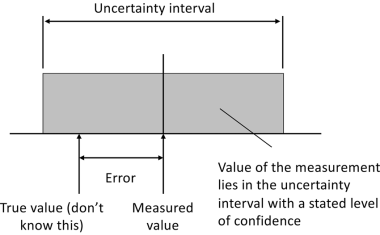
Measurement uncertainty in manufacturing: Understanding the basics
Why precise measurement results alone are not enough
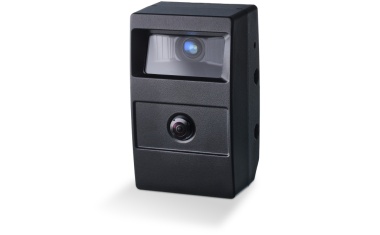
Sensor Fusion in Outdoor Applications
AI-Driven Collision Warning System for Mobile Machinery
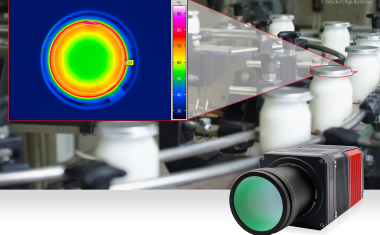
MWIR system camera for continuous industrial operation
Entry into infrared imaging

There’s a Large Hippo Resting in the Mud
Virtual Video Safaris for Blind and Visually Impaired People
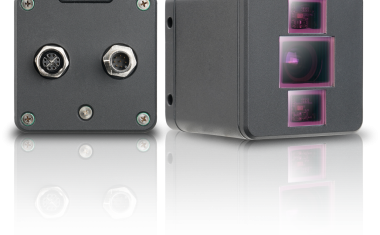
Time of Flight Method Ensures Depth Perception
Shape Recognition, Object Positioning, and Distance Measurements in Logistics







